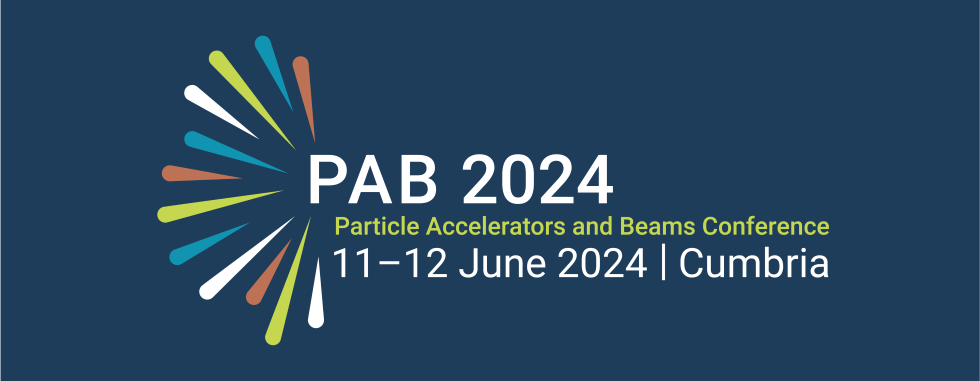Speaker
Description
3D imaging is a key diagnosis tool within medical contexts. This is particularly important in applications such as chest scans, where the symptoms of interest, such as pulmonary nodules, may be obscured by layers of tissue and other overlapping biological structures. The higher image resolution required to make the structures of interest identifiable in this context creates the demand for these higher-dimensional imaging modalities. 3D X-ray imaging is a popular format of this, with computed tomography (CT) being the most well-known modality. Digital tomosynthesis (DT) is a similar imaging method which is used less often clinically; due to the historical challenges of high use costs and equipment bulkiness. The development of a modern DT approach by Adaptix Ltd aims to reform this. Innovation of a cold-cathode flat-panel source has allowed the devices produced by Adaptix Ltd to be significantly more mobile and low-cost while delivering a lower patient dosage than CT. These changes make DT a clinically desirable 3D scanning option.
The work completed in this project aims to develop a simulation environment to model these DT devices. This is being completed within Geant4, a Monte-Carlo particle transport code which allows the statistical modelling of radiation. The current focus of this work investigates the optimal detector construction for this DT approach. Performing this investigation within the simulation framework allows a more cost- and time-efficient method of identifying useful metrics for quantifying detector quality for Adaptix Ltd’s DT method than would be possible experimentally. From this, the most favourable detector characteristics for this context will be concluded.

